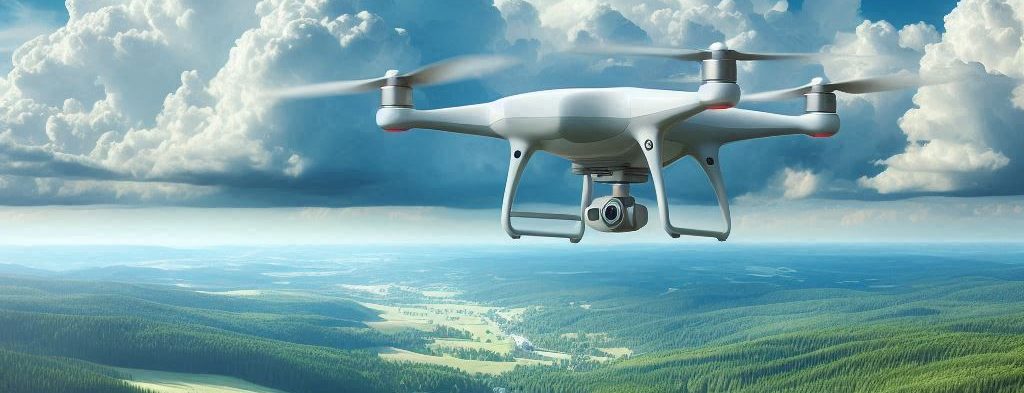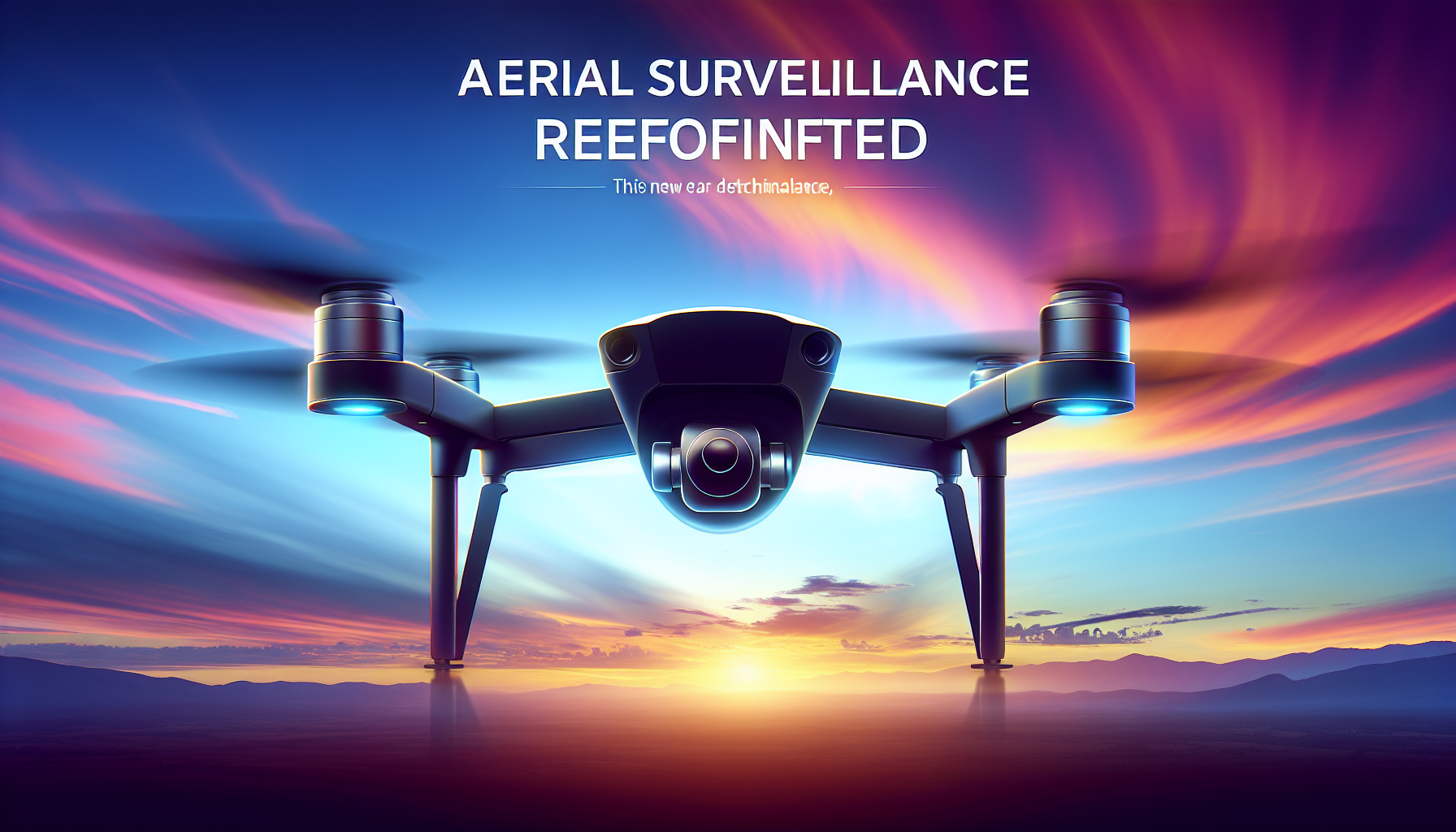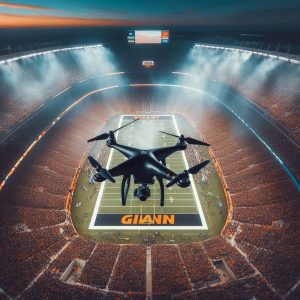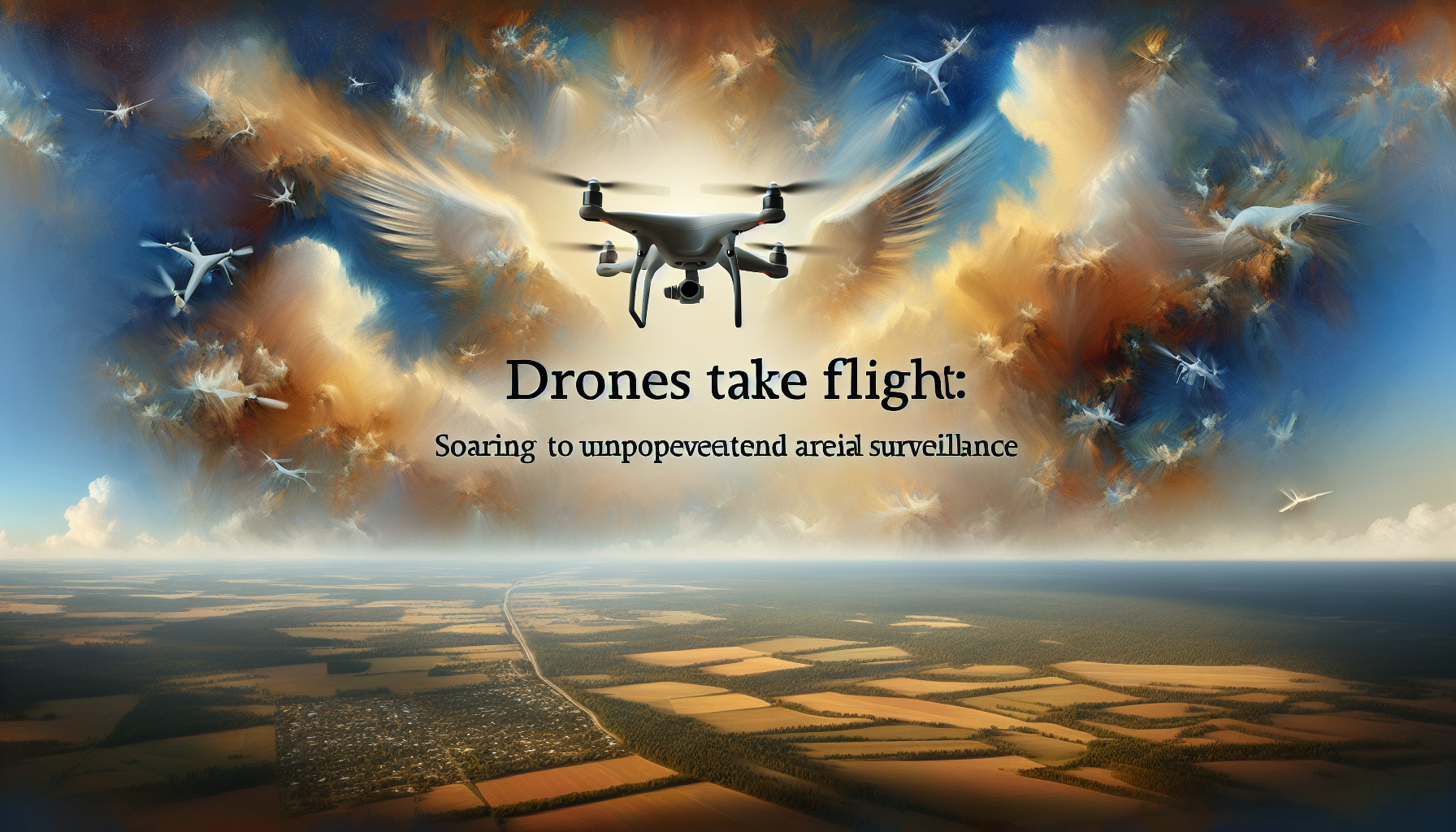Soaring to New Heights: Drones Revolutionize Aerial Surveillance
The sky is no longer the sole domain of birds and airplanes – it has become a playground for the latest technological marvels: drones. These aerial drones, with their cutting-edge capabilities, have transformed the way we perceive and interact with the world from above. As a passionate drone enthusiast, I can’t help but feel a sense of excitement and wonder every time I see these remarkable machines take flight.
Eyes in the Sky: The Power of Aerial Surveillance
Aerial surveillance has long been a critical tool in various industries, from law enforcement to emergency response. However, the advent of drones has taken this field to new heights, quite literally. With their ability to hover, maneuver, and capture high-resolution images and video, drones have become the ultimate eyes in the sky. Imagine a search and rescue operation, where a drone equipped with thermal imaging can quickly scan vast areas, pinpointing the location of missing individuals in distress. Or consider the invaluable role drones play in monitoring infrastructure, detecting potential issues before they become catastrophic.
“Drones have become the ultimate eyes in the sky, providing a level of surveillance and data collection that was once unimaginable,” enthuses John, a drone enthusiast and aerial photography expert. “The versatility and flexibility of these machines allow us to access areas that were previously inaccessible, revolutionizing the way we gather critical information.”
Precision in Agriculture: Drones Take the Lead
The agricultural industry has also embraced the power of drones with open arms. These high-tech marvels have become invaluable tools for precision farming, enabling farmers to optimize crop yields and reduce resource consumption. By capturing detailed aerial imagery, drones can identify areas that require targeted attention, whether it’s addressing pest infestations, monitoring soil moisture levels, or precisely applying fertilizers and pesticides.
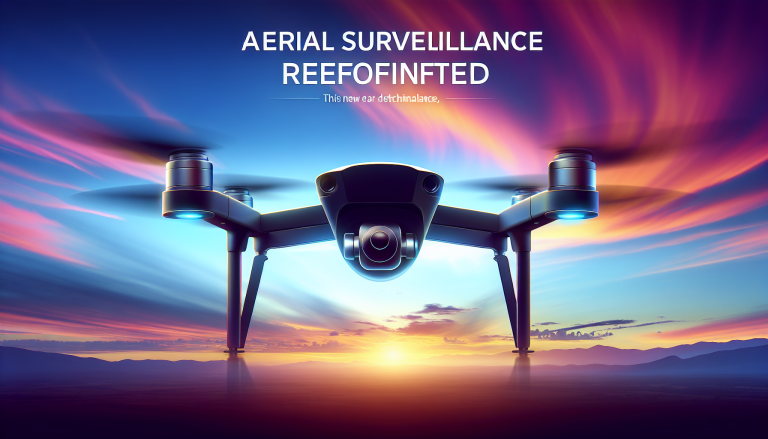
“Drones have been a game-changer in the agricultural sector,” says Jane, a drone-assisted farmer. “With the ability to gather real-time data and make informed decisions, we’ve been able to increase our efficiency, reduce waste, and ultimately, produce healthier, more sustainable crops.”
Drones for Good: Community Engagement and Disaster Relief
The applications of drones extend far beyond surveillance and agriculture – they are also playing a crucial role in community engagement and disaster relief efforts. Imagine a scenario where a natural disaster strikes, and traditional communication channels are disrupted. Drones can be deployed to assess the damage, deliver critical supplies, and even provide internet connectivity to affected areas, ensuring that vital information and resources reach those in need.
“Drones have become an indispensable tool in disaster response,” explains Sarah, a drone pilot with a search and rescue team. “Their ability to access remote locations and provide a bird’s-eye view of the situation allows us to make informed decisions and coordinate our efforts effectively, ultimately saving lives.”
Moreover, drones are being used to engage communities in innovative ways. From organizing drone racing events to using them for educational purposes, these aerial marvels are captivating the public’s imagination and fostering a deeper understanding of technology.
Navigating the Future: Regulations and Innovation
As with any revolutionary technology, the rise of drones has raised important questions about regulations and safety. Governing bodies around the world are working tirelessly to develop and refine policies that ensure the responsible and ethical use of these aerial devices. From airspace restrictions to pilot certification requirements, these regulations are essential in balancing the benefits of drones with the need to protect public safety.
“Navigating the regulatory landscape can be a complex challenge, but it’s a necessary one,” notes David, a drone industry expert. “As the technology continues to evolve, we must remain vigilant in addressing emerging issues and striking the right balance between innovation and safety.”
Yet, even as we grapple with these regulatory hurdles, the future of drones is rife with exciting possibilities. Researchers and engineers are constantly pushing the boundaries of what these machines can do, exploring applications in fields like environmental conservation, mineral exploration, and even space exploration.
“The potential of drones is truly limitless,” enthuses John. “As we continue to refine the technology and push the boundaries of what’s possible, I can’t wait to see the incredible ways in which these aerial marvels will transform our world in the years to come.”

